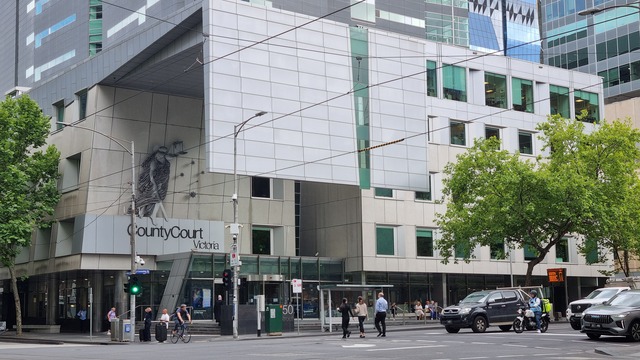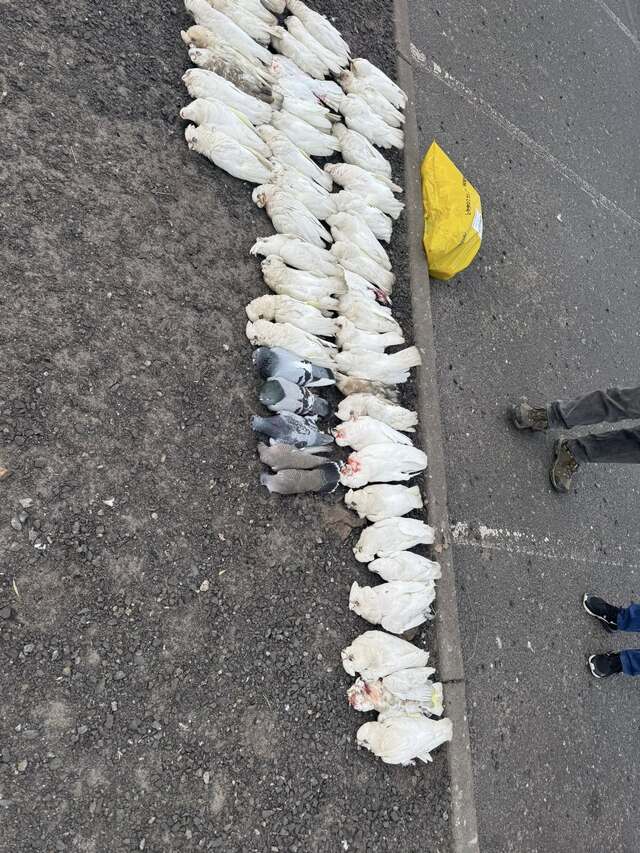In further signs of a flattening curve, Victoria’s reported coronavirus cases grew by 23 in the past 24 hours.
There was one further infection in Greater Dandenong, bringing its total to 12.
Of the state’s 1158 reported cases, ten people have died from the virus including a man in his fifties in hospital and a woman in her eighties at home on 5 April.
More than half of the total cases – 620 – have recovered.
In neighbouring municipalities, 40 infections have been reported in Casey, 38 in Monash, 35 in Frankston, 17 in Kingston and 12 in Knox.
Forty-five patients are in hospital, including 11 in intensive care.
Eighty-eight community transmission cases have been confirmed in the state – up 13 from the previous day – prompting broader testing criteria for the disease, Victoria’s Chief Health Officer Brett Sutton said.
Testing will be extended to childcare workers, school teachers, fire fighters who are emergency medical responders and people 65 years and older who show symptoms of a fever or acute respiratory infection.
“The number of community acquired cases contracted from an unknown source are continuing to rise – the expansion of the testing criteria will allow us to get a clearer picture of how much the virus is circulating,” Professor Sutton said.
“These new criteria do not mean our stage 3 restrictions should be relaxed. The reverse is true, we must continue these actions to flatten the curve.”
People in direct contact with a coronavirus case, as well as overseas travelers, must still undergo mandatory 14-days of self-isolation.
Victorians are also being ordered to stay home unless shopping for food and supplies, seeking medical care, exercise, work and education.
Police can issue on the spot fines for breaches, including up to $1652 for individuals and up to $9913 for businesses.
In the past 24 hours, officers issued 108 fines – more than 300 since the start of Operation Sentinel.
Since 21 March, Victoria Police have conducted a total of 14,275 spot checks of homes, businesses and “non-essential services”.







